Ronald Kitchen I Eng9780750643559, 0-7506-43552
Table of contents :
Contents……Page 5
Preface……Page 7
Radio frequency (RF) radiation……Page 9
History of radio transmission……Page 10
The nature of radio waves……Page 11
Frequency and wavelength……Page 17
Conveying intelligence by radio waves……Page 19
Ionising and non-ionising radiations……Page 21
2 Power……Page 22
8 Specific absorption rate (SAR)……Page 23
13 Antenna (aerial)……Page 24
19 RF machines and RF plant……Page 25
Decibels and power……Page 26
Referencing ratios……Page 27
MF and HF broadcasting……Page 29
UHF and VHF broadcasting……Page 34
Tropospheric scatter systems……Page 39
Air traffic control (ATC) communications……Page 41
Satellite communication systems……Page 42
Radar systems……Page 44
RF machines……Page 48
Processing machines……Page 49
Medical therapy equipment……Page 51
General……Page 53
3 Effects of radio frequency radiation……Page 55
3 Effects on things in the environment……Page 60
Absorption of energy by the human body……Page 61
Occupational and public safety limits……Page 62
Specific absorption rate (SAR)……Page 63
Thermal effects……Page 65
Human thermo-regulation……Page 66
RF penetration in human tissues……Page 67
Resonance……Page 68
Hot spots……Page 70
Susceptible organs……Page 72
Limb currents……Page 75
RF shocks and burns……Page 77
Pulsed radiation……Page 80
The ICNIRP98 document……Page 81
Effects on people wearing implantable devices……Page 82
The application of exposure limits – recent developments……Page 83
Treatment of malignant tumours……Page 84
RF radiation effects – summary……Page 85
4 The development of standards for human safety……Page 94
The purpose of standards and guides in this field……Page 95
Leakage standards……Page 96
Exposure standards……Page 97
Basic restrictions……Page 99
Introduction……Page 103
Terminology in the documents……Page 104
Basic restrictions……Page 105
Power density……Page 108
Induced limb and body currents……Page 114
Contact currents……Page 115
Federal Communications Commission (FCC– USA)……Page 0
Time-averaging……Page 117
Multiple irradiations……Page 118
Simultaneous irradiation from several sources……Page 119
Specifying peak pulse power density limits……Page 121
Whole and partial body exposure……Page 122
High current DC sources with high harmonic content……Page 123
Amateur Radio stations……Page 124
Guide to reading new standards……Page 125
Reflections on the use of standards……Page 126
Basic approach……Page 128
Maximum extractable power Ò 30 MHz and above……Page 130
Characteristics of flammable vapours……Page 131
Pulse transmissions……Page 133
Other aspects……Page 134
Antenna survey information requirements……Page 137
Microwave calculations……Page 138
Antennas with circular apertures……Page 141
Elliptical and rectangular apertures……Page 149
Use of a computer spreadsheet for calculations……Page 152
Useful approximations for microwave antennas……Page 153
Specialist aspects of microwave calculations……Page 156
The nature of moving beam systems……Page 157
Moving beams……Page 158
‘Moving people’!……Page 165
Far field formula……Page 168
Broadcast antennas……Page 171
AM broadcast stations……Page 172
FM and TV broadcast stations……Page 173
Frequencies up to 30 MHz (vertical polarisation)……Page 174
Simultaneous irradiation from several sources……Page 176
Specifying peak pulse power density limits……Page 178
Other methods of specifying peak pulse power density Ò IEEE99……Page 179
6 Mobile communications systems……Page 180
Mobile telephone systems in public use……Page 185
Towers……Page 186
Radio communications and the problems of coverage……Page 188
The public concern – base stations……Page 189
Rooftop equipment……Page 198
Tower located equipment……Page 202
Mobile phone handsets……Page 203
The Stewart report……Page 208
Experimental safety marking system……Page 210
7 RF radiation measuring instruments and methods……Page 211
Personal safety monitors……Page 213
Ancillary equipment……Page 214
Construction and operation……Page 215
Types of probe detectors……Page 218
Probe application……Page 220
Measurement capabilities……Page 224
Instrument features and limitations……Page 228
Field survey instruments……Page 234
Systems for use in particular situations including production……Page 238
Personal and area monitors……Page 239
Limb current and contact current measurement equipment……Page 245
Instruments for very low frequencies……Page 247
The nature of X-ray radiation……Page 252
Ionising radiation units……Page 257
X-ray hazards……Page 258
X-ray permitted limits……Page 259
X-ray production……Page 262
Measuring equipment……Page 268
Ionisation chamber instruments……Page 269
The Geiger-Muller counter……Page 272
Scintillation counters……Page 273
Other instruments and devices……Page 274
Practical measuring instruments……Page 276
Search instruments……Page 278
Checklist for ionisation chamber measurement instruments……Page 281
Energy assessment……Page 285
9 Planning surveys and measurements……Page 286
RF exposure tests……Page 287
instruments……Page 288
The handling and manipulation of instruments……Page 290
Uncertainty of measurement……Page 292
Avoiding sensor burn-out in RF radiation probes……Page 294
Measurement problems……Page 297
RF Protective clothing……Page 298
Detailed planning……Page 299
Equipment and site topographical data……Page 303
Personnel on site……Page 304
Planning and documentation……Page 305
Data gathering……Page 306
Simple site example……Page 308
Transmission systems……Page 313
RF machines and plant……Page 317
Signs and barriers……Page 318
Creating records and reports……Page 319
Pictorial recording of data……Page 321
Controlling changes to equipment and the site……Page 323
X-rays……Page 325
Common electrical safety considerations……Page 326
X-ray surveys……Page 327
regulations……Page 332
RF leakage testing……Page 333
Other leakage test methods……Page 336
RF machines and other sources……Page 337
Surveys of microwave beams……Page 341
Field measurements for personnel access……Page 351
Near field measurements……Page 353
Characterising beam systems……Page 354
Measurement of rotating radar systems……Page 355
Special cases of movable beams……Page 356
Spatial averaging……Page 357
Time-averaging……Page 358
Ground communications systems……Page 359
Large fixed tropo-scatter systems……Page 360
MF and HF wire and mast antenna systems……Page 361
UHF, VHF and HF Whip and rod antennas for ground use……Page 364
Satellite ground stations……Page 366
Avionics and ship systems……Page 367
Ship systems……Page 368
Leakage surveys……Page 369
Human exposures to be considered……Page 370
Children and RF fields……Page 373
The design process……Page 374
Planning design from the radiation safety viewpoint……Page 378
Customer and national radiation protection requirements……Page 379
Using products……Page 380
Product maintenance……Page 381
Design tests……Page 382
Shielding……Page 383
Safety interlocks and safety systems……Page 385
Appropriate materials for high power work……Page 387
Installations……Page 388
Vehicle installations……Page 389
X-ray shielding data……Page 390
Measuring the effective energy of X-rays from a source……Page 391
Lead glass……Page 395
RF shielding materials……Page 396
Structural materials and RF shielding……Page 398
12 Radio frequency radiation safety management and training……Page 400
The identification of potential hazards……Page 402
Resources……Page 403
Procedures……Page 404
Handling survey reports……Page 406
Safety record keeping……Page 407
Training……Page 408
RF safety training for technical people……Page 409
The calibration of measuring equipment……Page 411
RF radiation meters……Page 412
RF radiation incident investigation……Page 415
Gathering information……Page 417
Reporting on incidents……Page 418
Units – non-SI and SI unit relationships……Page 421
relationships (plane wave conditions)……Page 422
Informal abbreviations used in this work……Page 424
Organisations and systems……Page 425
Standards, guides and associated documents……Page 427
Suppliers referred to in this book who have an internet presence……Page 428
Known training courses……Page 429
References……Page 430
Index……Page 437
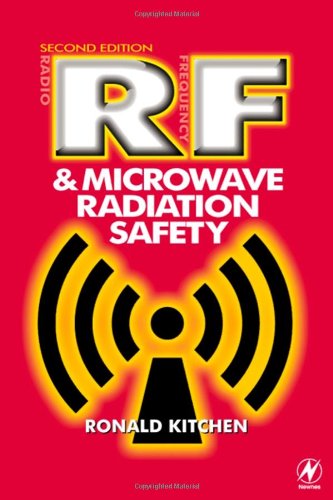
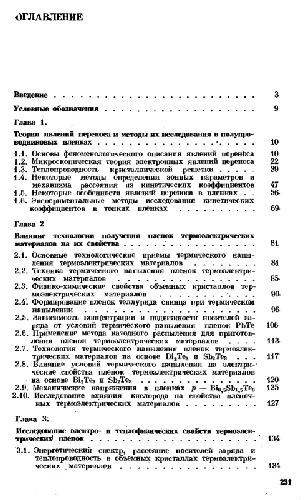
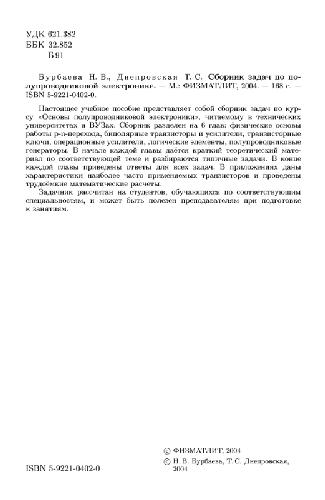
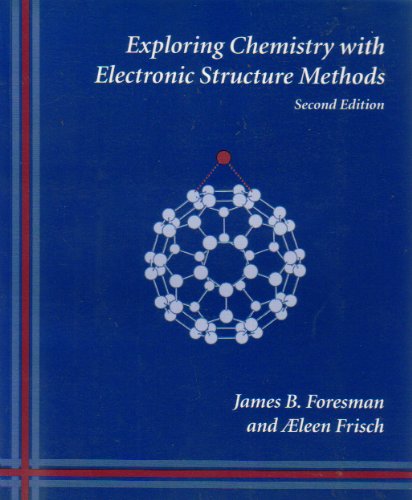


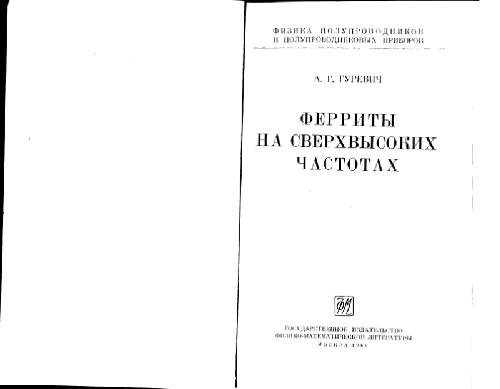
Reviews
There are no reviews yet.